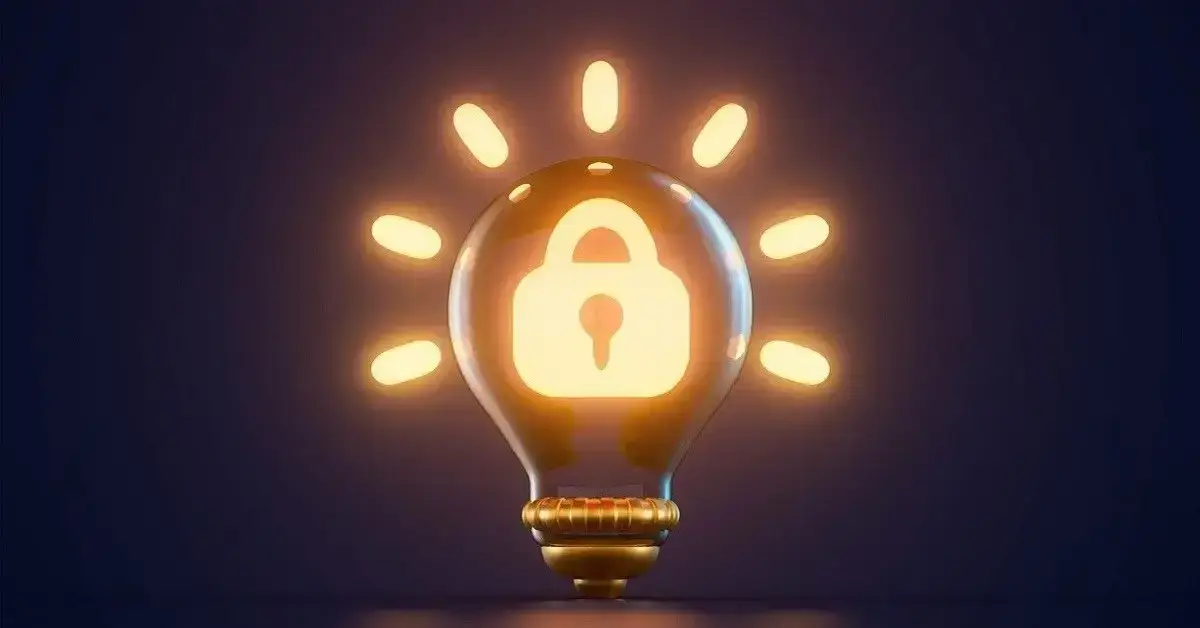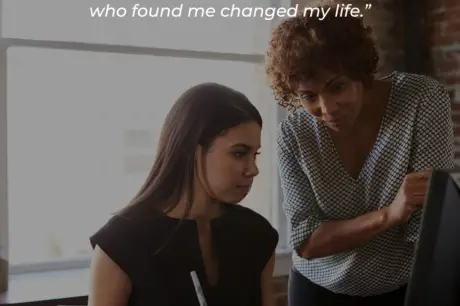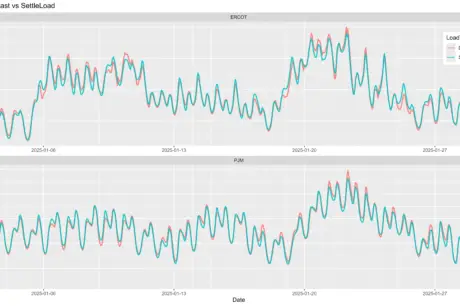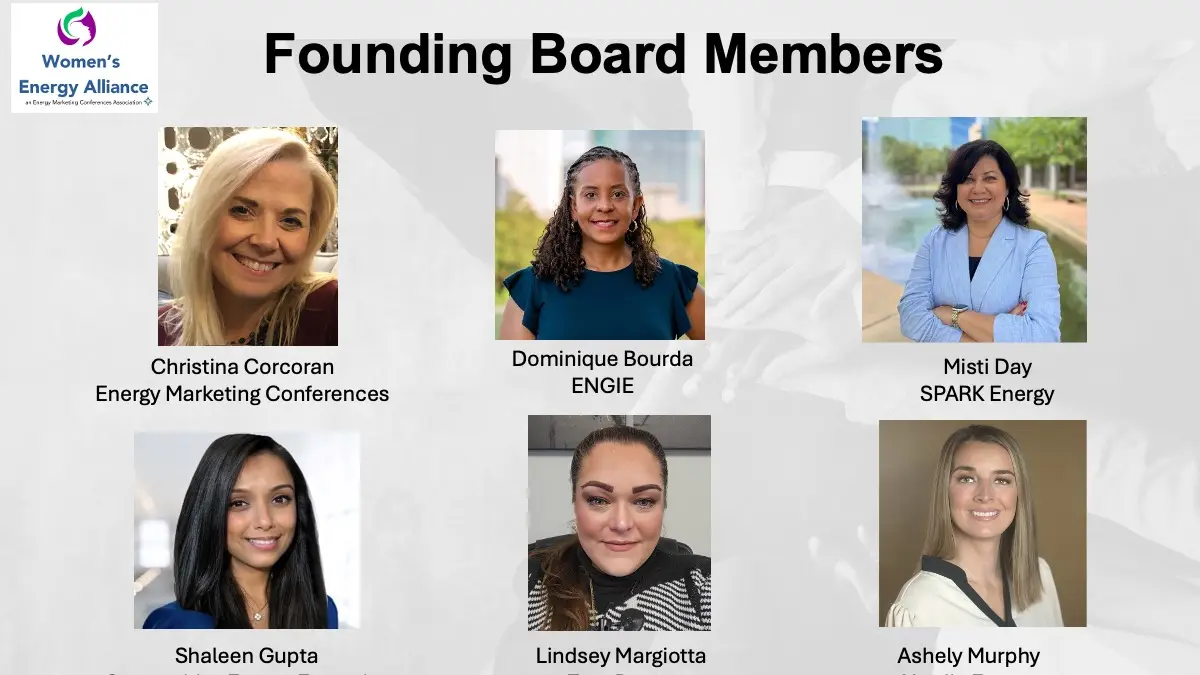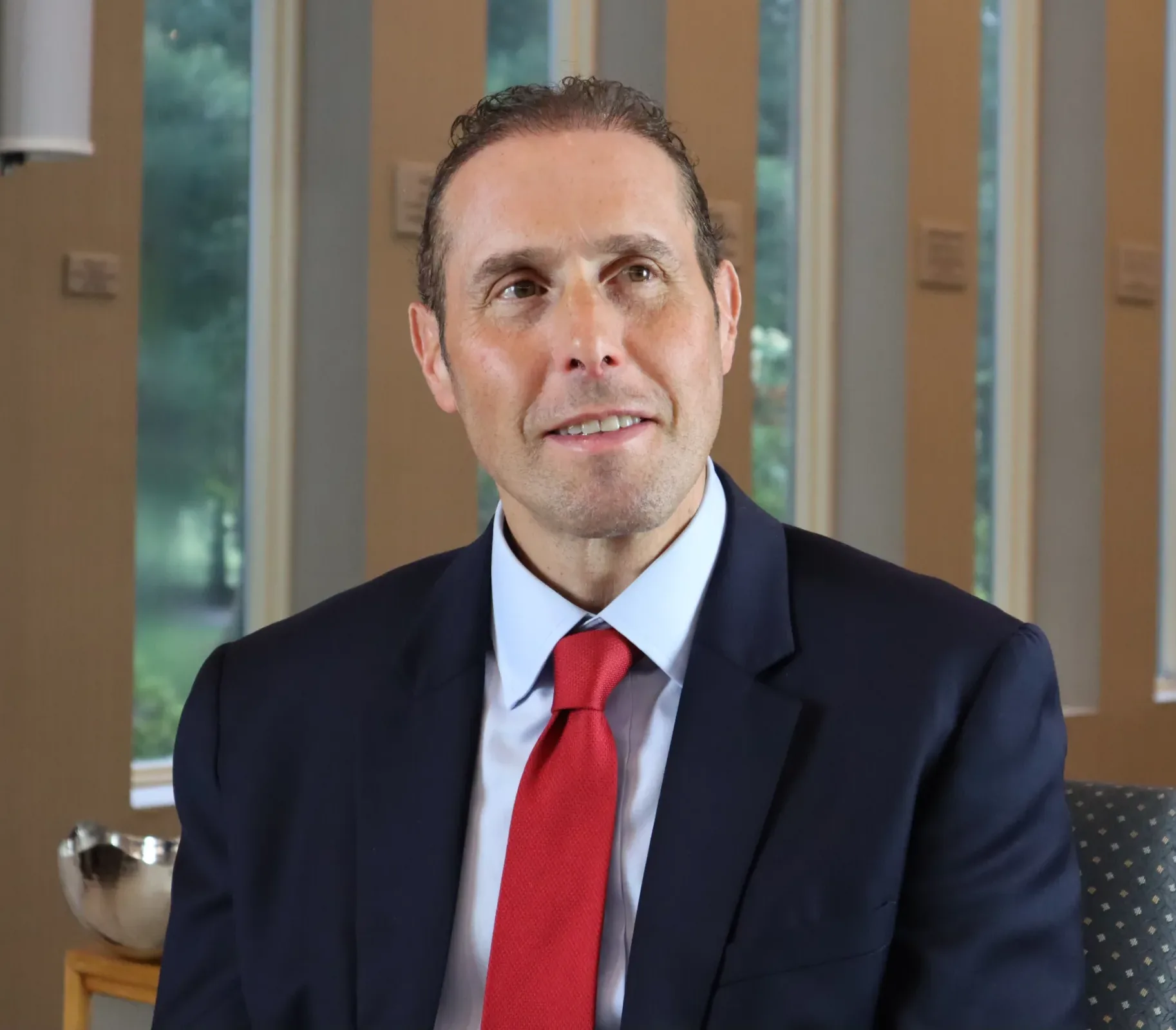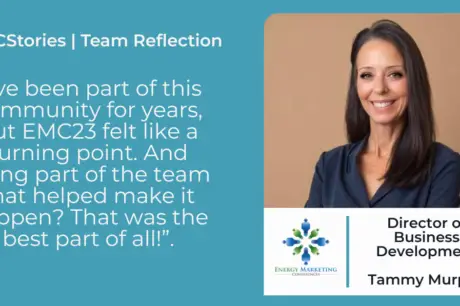“Make good choices.”
For decades this has been a mantra offered to schoolchildren to call into sharp relief the consequences of their choices. By giving children the agency to make their own decisions, teachers found that it was easier for their pupils to make choices that were in their own best interest.
The ability to choose is engrained in Western society, perhaps no more so than in the United States. U.S. energy policy, for instance, shifted toward personal agency in the early 1990’s just as “make good choices” was being popularized. In many states, policymakers embraced deregulation and permitted consumers to choose among several retail electricity suppliers. Companies were also given more choice in complying with regulations. Under new cap-and-trade systems, companies were empowered to make the best choice for their own interest between quickly adopt the most stringent pollution controls and selling allowances they no longer needed or purchasing allowances until they choose to install better controls.
Amid the movement to flexible, market-based solutions, a robust voluntary clean energy market arose, driven by consumers who wanted to “make good choices” by voluntarily investing in programs designed to boost demand for renewable energy beyond what policies mandated.
Voluntary purchasers also want to make a difference and assume their actions go beyond what is required by law. After all, it isn’t much of a choice if it is compulsory. However, in many states that have adopted cap-and-trade to reduce carbon emissions, rather than promoting cleaner energy, voluntary purchasers may be paying for regulated entities to pollute more. Under a cap-and-trade system, voluntarily efforts to reduce emissions may simply create space under pollution caps for companies to fill with more pollution than regulations would otherwise have allowed. Voluntary contributions shift compliance costs from polluters to private investors (see Figure 1).
Figure 1. How Cap-and-Trade Can Undermine the Voluntary Market

But voluntary markets can co-exist with and even support cap-and-trade programs if regulators protect consumer choice by reducing the number of tradable allowances to compensate for voluntary emissions reductions. In California, for example, Center for Resource Solutions (CRS) joined other stakeholders to advocate successfully for state regulators to deposit pollution allowances into a special reserve account from which they “retire” at no cost to the consumer amounts equal to the volume of voluntary purchases of clean energy generated within the state. Retiring allowances effectively reduces the pollution cap without unintentionally creating clean space under the cap for polluters to fill without consequence. But to be certain that voluntary purchasers are making a difference, CRS administers the Green-e © Energy Program, which guarantees that allowances are set aside for voluntary purchases in states with cap and trade programs.
Without setting aside allowances, however, voluntary purchasers who want their investments to help reduce emissions either have to stop buying renewable energy in the state or must purchase allowances themselves, increasing the cost of clean energy beyond what many can afford. States that do not set-aside allowances for voluntary purchases create incentives for their citizens to invest in states where their choices will have a greater impact and dissuade out-of-state purchasers from investing in in-state renewable energy projects.
Some 15 states have some form of cap-and-trade in place to reduce carbon emissions, the latest being Oregon and Washington. As this regulatory approach to addressing climate change expands even further, regulators can protect consumers by encouraging states to adopt set-asides and watching carefully if energy suppliers in states without set-asides make potentially deceptive claims about the environmental impacts of voluntary clean power purchases. Like everyone, voluntary purchasers want their actions to remain a choice and to have real impacts on the environment. Without allowance set-asides, however, they can be confident of neither.
By: Christopher Cooper, Policy Director, Centers for Resource Solutions

